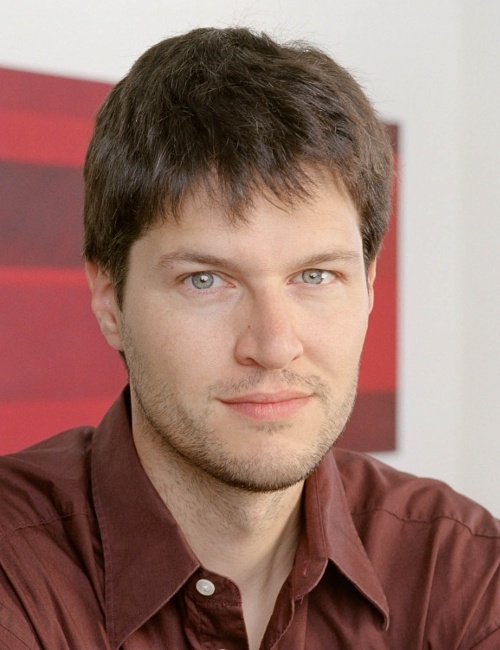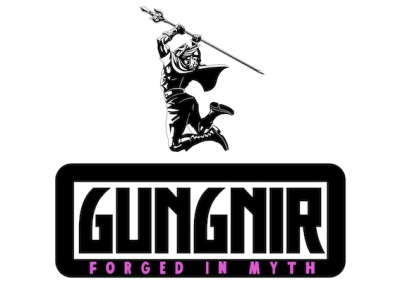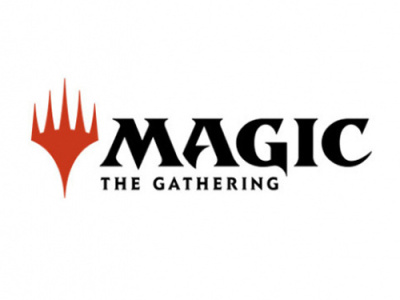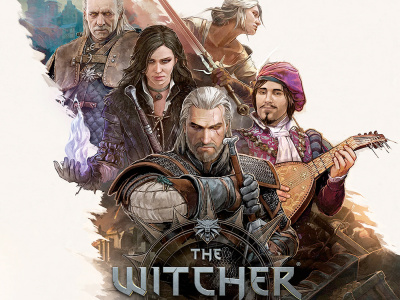Humanoids is a publisher with long roots in the U.S., beginning as licensor of the very influential Heavy Metal back in the 70s. These days, it’s the only BD publisher operating directly in the U.S., and the publisher with the longest track record here. ICv2 recently spoke with Humanoids Publisher Fabrice Giger as part of our BD Week event. In Part 3 of this three-part interview, we talk about the movie pipeline based on Humanoids titles and the BD creative process. In Part 1, we learned more about the company’s history, Giger’s evaluation of American and French markets, and the audience for BD. And in Part 2, we talked about Humanoids strongest backlist and upcoming release titles, and programs to help retailers with ordering Humanoids titles.
We've read that one of the reasons that you're located in southern California is that you're interested in developing your intellectual property into other media (see "Humanoids in 3-Picture Deal With Full House"). Can you give us an overview of what's in process there? What are you working on?
We are at the casting stage for at least two of them ‑‑ the first one is Bouncer. It's a western by Jodorowsky and Francois Boucq. The adaptation will be directed by Floria Sigismondi; shooting date is scheduled for Spring 2017. We are at the casting stage for that.
The second one is based on our book The Zombies That Ate the World/The Z Word by Guy Davis and Jerry Frissen. The working title of the movie is Night of the Living Impaired.
It's really fun. This is a movie that will be directed by three people called the RKSS. They released their first movie last year, Turbo Kid, available on Netflix. It was a sensation two years ago at the Sundance festival. This will be their second movie.
We have material. That’s also at the casting stage. We signed it. It's just a question of adding the proper cast to physically produce the movie.
The third one is a movie called Savage Highway, based on a book that will be released in April 2017 (see "'The Book of Chaos,' 'Savage Highway,' 'The Metabarons Vol. 1'").
The movie was developed at the same time as the graphic novel. That is the first time that’s happened for us. We believe that it will happen more and more. We have several projects that we've developed as a comic on one hand and as a movie on the other hand, sometimes with different creative teams. That's kind of a trademark of what we are doing now.
I can tell you about the fourth one. Actually, we have a dozen under development but the first four are the most advanced. The fourth one is a movie based on a graphic novel called Metal. The art is by the American artist called Butch Guice. Jerry Brown and Paul Alexander are the writers.
That is probably the biggest of the four so far. The first graphic screenplay has been written by Richard Stanley. He was a character in the 90s. He's a character, a very talented guy. We are in the process of attaching a director.
That's the four first movies that we are working on as a first step into what we believe to be a venture a la Marvel. Hopefully we will do the same, maybe on a smaller scale, but that's the idea.
Anything else you want to communicate to our readers?
We are in the process of increasing our original content development in the U.S. We are more and more reaching out to British and American writers and artists. In the years to come, the bookstores and the readers can expect more content by North American and British authors in the Humanoids catalog.
Yeah, something like Metal, Butch Guice has been around in the States, obviously, for a long time. The writer, is he a French writer?
No, they were Americans, too.
That's basically an American team but published first in France?
Yes.
Is that a BD or an American comic?
Good question. I have an answer to that. It's an American artist who used to do comic books in the American sense of comic books, who decided to draw in the standard of the European comic books to do Metal. If you compare the work that Butch Guice did in Metal to what he normally does, it's very different.
That's what I like, to offer a new space to these artists and writers to do what they love, but to do it in another way. The mission and the process are different. I think it's pushing the envelope. It makes the work more interesting.
We totally get that because we see these album series that come out once every year and a half in France with 48 pages, while in the United States they expect an artist to do 48 pages a month. Obviously, a very different creative process. Is that, you think, the major reason for differences creatively between BD and American comics?
No. It's one of the reasons, but if you want to find the real reason you have to start 60, 70 years ago and to go deep into how the artists and writers were hired, what they were asked to do and what they were supposed to provide the publisher with. Then you will understand why the European BD is the European BD and why the American comics are the American comics. I'm not judging. I'm not saying one is better than the other. It's just that it has to do with how these people have been able to work and to what terms. The simple fact is that in the U.S. an artist has to deliver, let's say, 20 pages a month. He has to do them in a way that makes it possible.
If you ask the same guy to deliver, let's say, eight pages a month, but to spend the same amount of time, then you have something completely different. That's one of the main reasons but not the only one.
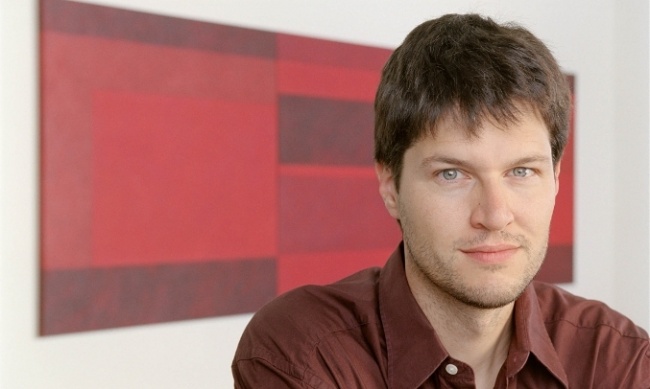
Humanoids' Movie Pipeline, BD Creation
Posted by Milton Griepp on November 2, 2016 @ 4:06 am CT
MORE COMICS
Publisher Founded by Former Heavy Metal CEO to Expand with Three Imprints
August 15, 2025
The publisher, founded by former Heavy Metal CEO Michael Medney, will expand with three new imprints.
Madison, Wisconsin on August 10, 2025
August 15, 2025
We visited the large Barnes & Noble store in Madison, Wisconsin on a Sunday afternoon, and found manga and merch displays expanded.
MORE NEWS
'A Villainous Halloween' In-Store Event
August 15, 2025
Wizards of the Coast announced A Villainous Halloween , a new Magic: The Gathering Commander in-store WPN event.
Base Game, Expansions, Accessories
August 15, 2025
Asmodee will release The Witcher: Path of Destiny core game, expansions, and accessory pack.



